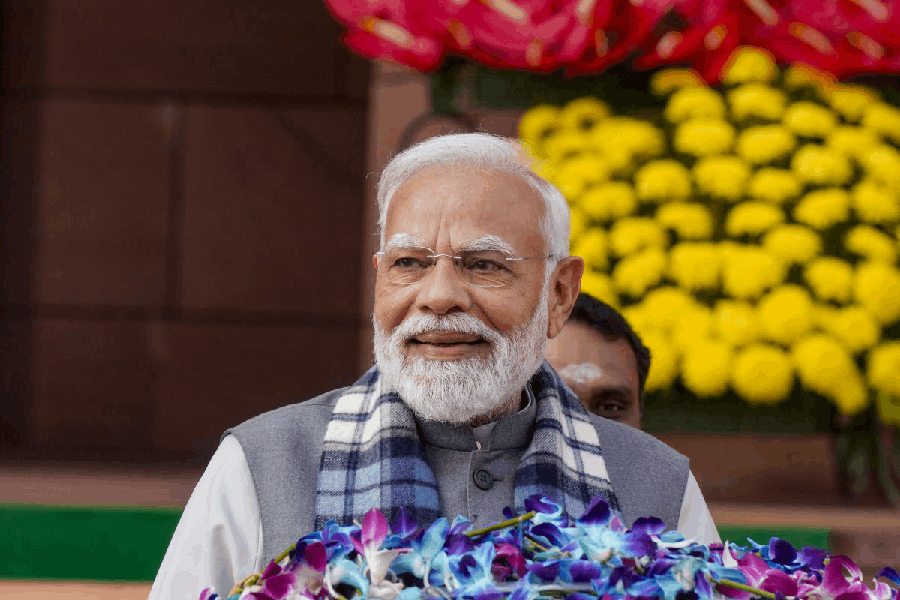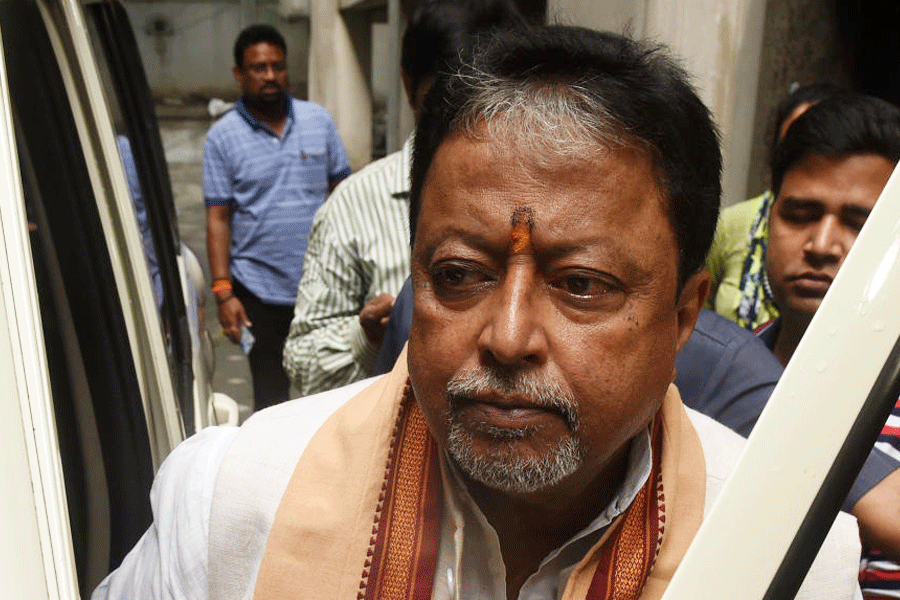Roland Barthes conceptualises myth as a system of communication. Dance, which has a language of its own, uses myth through its repository of symbolic gestures, movements and expressions along with music and lyrics to have a conversation with viewers. Manipuri classical dance is rich in myths and legends that the northeastern state abounds in and incorporates them into its language. Some of these were presented at the International Classical Manipuri Dance Festival by the Sruti Performing Troupe at the Indian Council for Cultural Relations.
The programme, organised as a tribute to Guru Bipin Singh, a doyen of Manipuri dance, saw his disciples perform his compositions that are characterised by their virtuosic style as well as an assimilation of the different strands of Manipuri folklore, from Vaishnavite influences to oral traditions, that he codified into the classical vocabulary. The first presentation, Mangalacharan, performed by a group of 15, invoked Radha and Krishna through the graceful postures of lasya. Notwithstanding minor slips, the recital tried to represent the eternal romance through the bhakti-bhav, the dominant emotional component of the form.
Krishna Roop Varnan and Swaraprabandha, performed by the veterans, Darshana Jhaveri and Sruti Bandopadhay, respectively, marked a subtle shift from the mundane to the classical, making it impossible to ignore the meticulous codifications that function within the paradigm of myth.
Costumes and embellishments play a central role in Manipuri dance. Each piece thus exuded vibrant hues — yellow, red and white — associated with bhakti-bhav. Gourango Barnan, a devotional piece describing Chaitanya dancing with his devotees, was staged by Sohini Ray. But, her experience notwithstanding, it failed to inspire.
Fortunately, Tanum, based on the highly-stylised cholom tandav, by Poushali Chatterjee and Mridu Uddhata Krishna Nartan by Somabha Bandopadhay succeeded in etching out the elasticity of the form. Raslila, which is done to death in most Manipuri dance presentations, brought alive the creative interplay between the mystique and the vivacious in the denouement.










